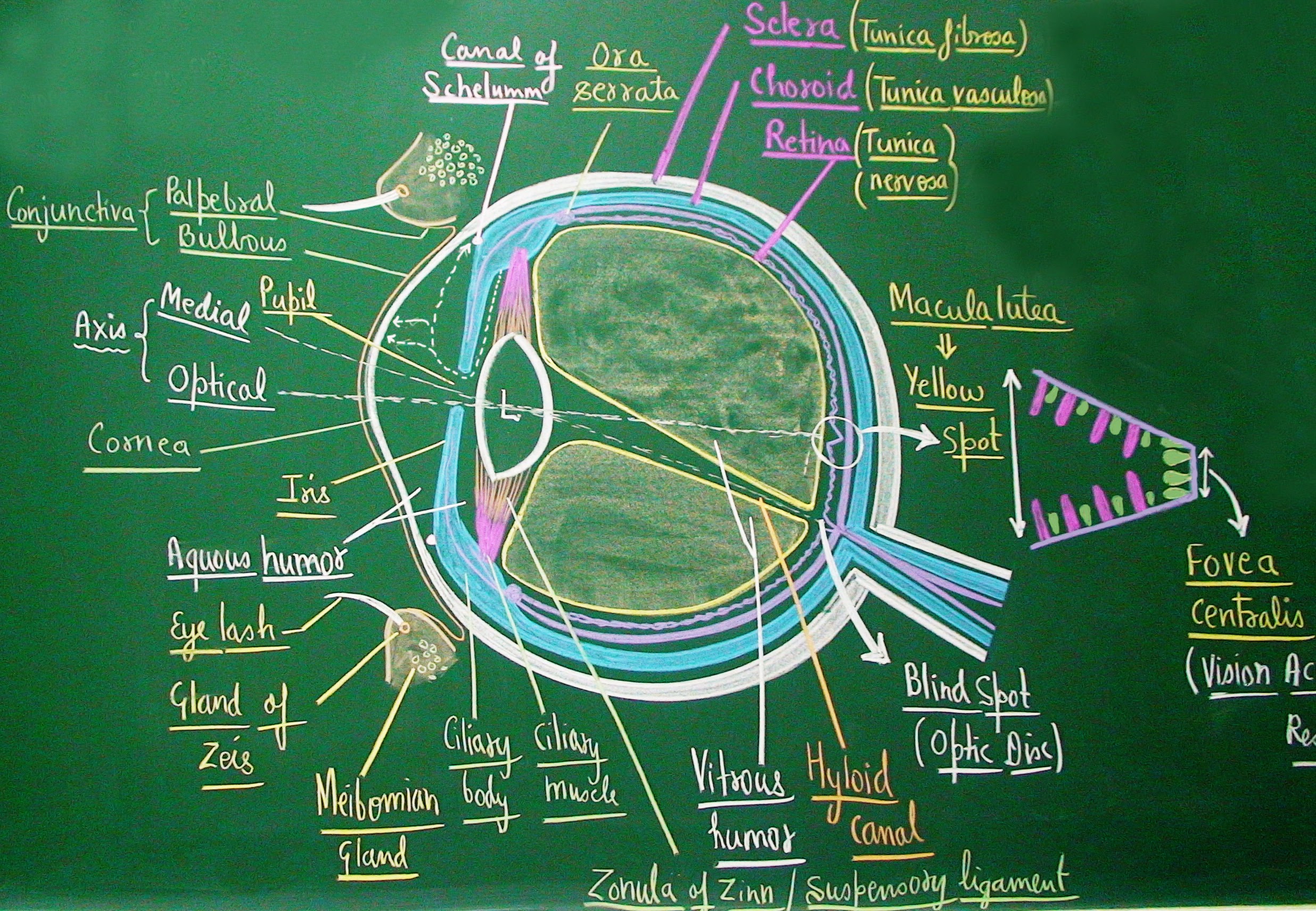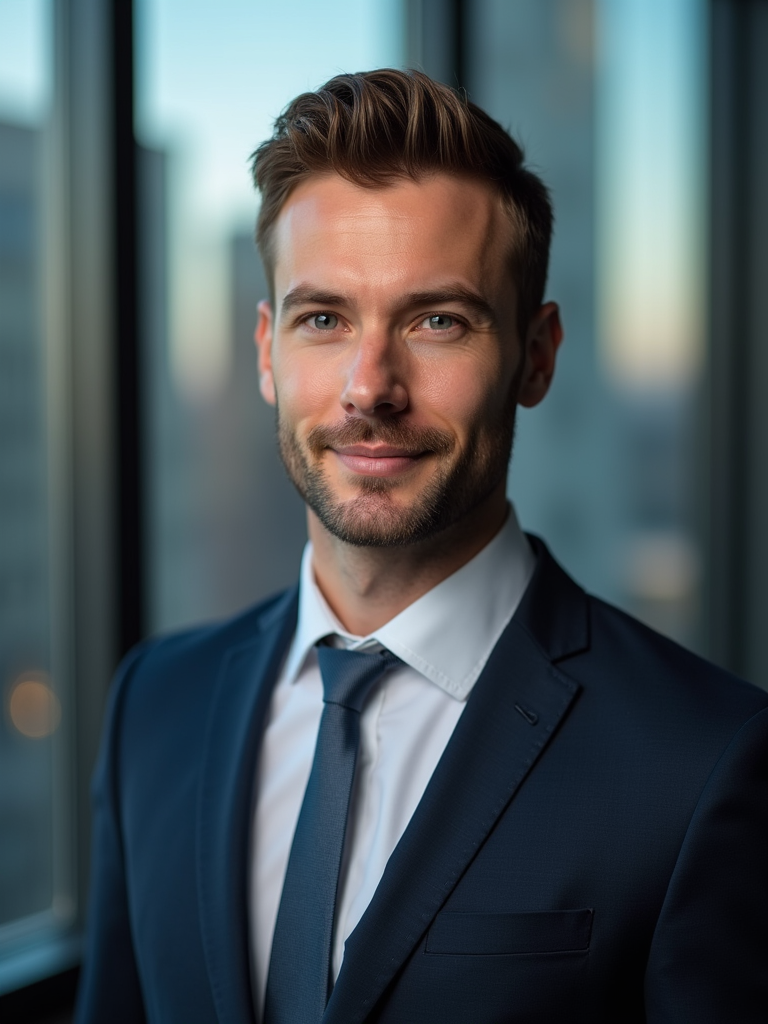We talk about money as if it's the beginning of wealth. It isn't. Money is what happens after value is recognized — not before.
Most people aren't poor because they lack assets. They're poor because they don't see them. They live surrounded by value — skills, relationships, systems, tools, insights — and yet they treat it all as background noise. That blindness is the real poverty.
The Illusion of Scarcity
We were trained to think value starts only when it's priced. To believe that wealth is created when someone pays. That logic built entire industries — and quietly erased our ability to perceive the infrastructure already holding our lives together.
Look closer: every process that works in your business, every contact who trusts your word, every minute of reputation you've built — those are assets. They have market equivalents, leverage potential, and compound effects. But they don't show up in accounting software, so they're ignored.
Pro Tip
Scarcity, in practice, is often a failure of perception — not a shortage of opportunity.
The Hidden Infrastructure of Wealth
Under every visible dollar is an invisible structure: systems that keep operations stable, people who respond quickly, knowledge that took years to gather, a rhythm that prevents chaos.
That structure is the source of cashflow. When you ignore it, you weaken the base; when you see it, you can scale intelligently.
Great businesses aren't just good at earning — they're obsessed with maintaining the unseen scaffolding of value. They know that awareness compounds faster than capital.
Managing What's Already Generating
Revolutionary efficiency begins with inventorying what already works.
Ask yourself:
- What consistently saves you time or energy?
- Who creates momentum around you without being asked?
- What processes run smoothly even when you're busy elsewhere?
Those are value streams. They're proof that your ecosystem is already generating returns — you just haven't been tracking them.
Real management isn't about chasing new inputs. It's about amplifying what's already productive, redistributing attention toward what compounds.
Awareness as Leverage
Once you recognize hidden value, you can do three things:
- Monetize — turn overlooked resources into revenue
- Optimize — reinforce the systems that quietly produce stability
- Expand — apply existing patterns to new contexts
That's how awareness becomes leverage. When you stop treating perception as passive and start using it as a strategic tool, every part of your environment starts working like capital.
The Economics of Awareness
Wealth is no longer about possession — it's about clarity. Information moves faster than cash; energy moves faster than strategy. In this economy, those who can see clearly already own the advantage.
The next generation of entrepreneurs won't compete on resources. They'll compete on perception — on their ability to detect and mobilize the value that others overlook.
The Reality
The Value Blindspot is the quiet disease of modern ambition. We fix it not by doing more, but by noticing more.
Because the moment you start recognizing what already sustains you — you stop chasing money, and start commanding it.




